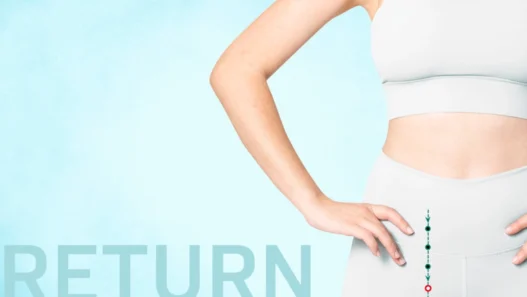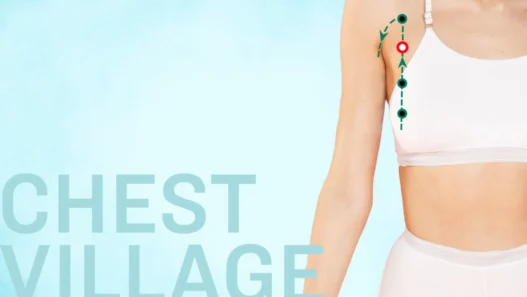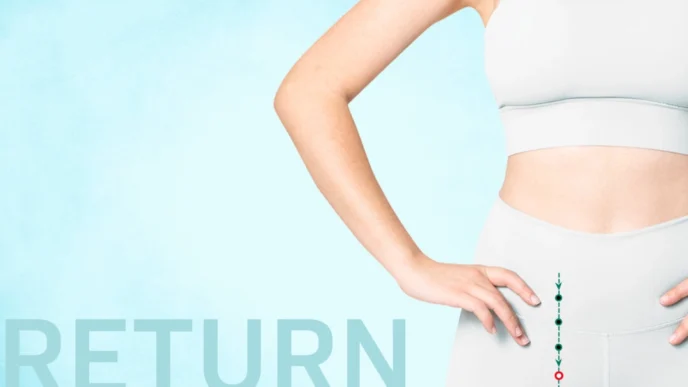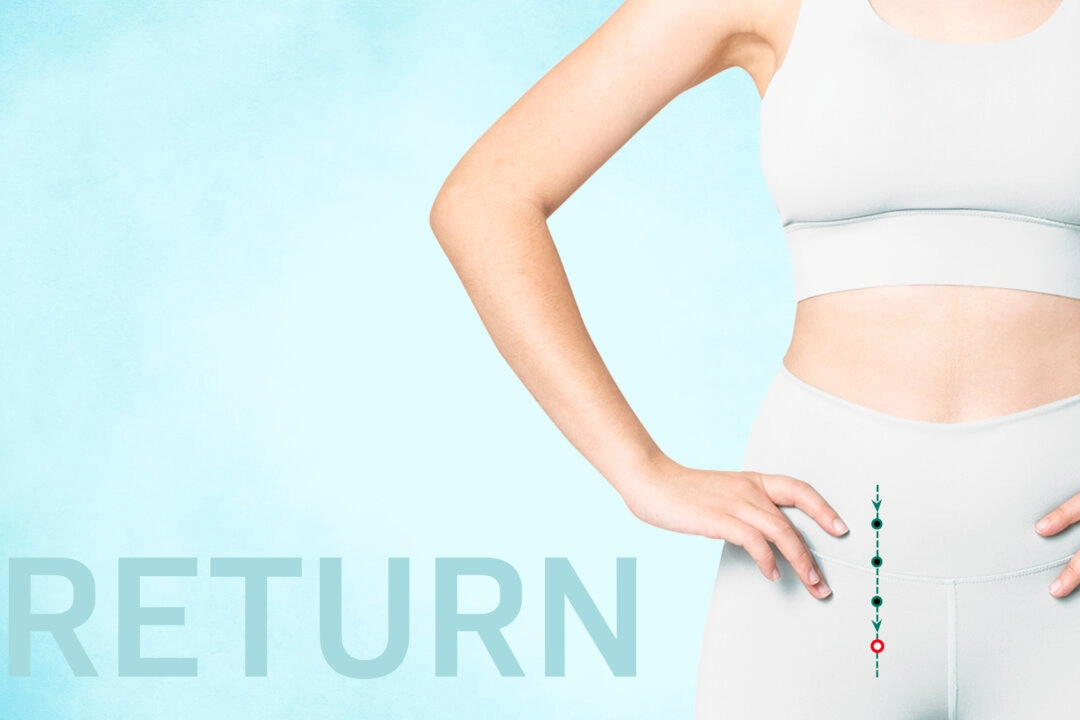Women’s health is often underrated, with secrecy and discomfort often surrounding “women’s issues.” Unfortunately, many women power through discomfort and pain without adequate support.
One study found that 13.8 percent of women had to miss a day of work due to period pain, with younger women being more likely to take time off or openly explain the reason for their absence.
Painkillers are often the only tool in the kit, and that’s not good enough. We need more options for real self-care, and traditional Chinese medicine (TCM) offers one acupoint on the lower abdomen: Return (Gui Lai, ST29), which has much to offer—even for men.
TCM’s Answer to Cold
Gui Lai was first mentioned in “The A-B Classic of Acupuncture and Moxibustion,” the earliest comprehensive manual used by TCM practitioners to this day. It’s no coincidence this point has stood the test of time. There’s an old Chinese saying that “nine out of ten women suffer from pathogenic cold,” and TCM considers this cold a major culprit in menstrual pain, cramps, and even fertility problems. Where does this cold come from? Sometimes, it comes from the environment, such as exposure to cold weather. At other times, it comes from within, often introduced by drinking cold beverages or eating uncooked food.
Gui Lai helps bring warmth and life back to the lower abdomen. It supports the movement of qi (vital energy) and blood, which, in TCM, means restoring function and vitality to the reproductive system. It’s used for cramps, irregular cycles, uterine prolapse, and infertility in both women and men. Its strength lies in helping the body return to the natural abundant flow of vital energy—hence, the name “Return.”
Modern Research Shows Dual Function
While more studies are needed, early research offers fascinating clues. One study investigated the effect of electroacupuncture on healthy men to determine if stimulation at Gui Lai could affect testicular blood flow. Researchers found a catch. Only the 10 Hz frequency—not lower ones or plain needling—led to a noticeable improvement in blood flow.
When researchers tried the same 10 Hz at another abdominal point, it had no effect. These findings suggest that Gui Lai may have the potential to support men’s health through electroacupuncture treatment, although the results are both point-specific and frequency-dependent.
Another study on female rats with polycystic ovary syndrome-like symptoms also highlighted Gui Lai’s effect. The rats exhibited reproductive dysfunction and weight gain, characterized by low brown adipose tissue (BAT)—a type of fat that helps regulate metabolism.
After four weeks of electroacupuncture at Gui Lai (along with another acupoint on the Stomach meridian), the rats showed better metabolism, improved reproductive function, and restored BAT activity. Three-dimensional imaging revealed that the treatment helped restructure the sympathetic nerves in BAT, suggesting a possible mechanism for these improvements.
How to Locate and Stimulate Gui Lai
Start at your navel and measure six finger widths straight down. Then, move two thumb widths to the side. This point exists on both the left and right sides. Press around the area—if you find a spot that feels sore, tender, or unusually sensitive, that’s likely the acupoint.
Ways to Stimulate Gui Lai
- Firm pressure: Press firmly for three to five seconds, then relax for three seconds. Repeat for one to three minutes on each side.
- Circular massage: Massage in small circles with your index finger or thumb for one to three minutes on each side.
- Herbal patch: Apply an herbal patch overnight for longer activation.
- Advanced methods: Acupuncture, cupping, or moxibustion (a gentle heat therapy using dried mugwort) by a trained professional can deepen the therapeutic effects.
Precautions
Avoid stimulating this point if you have injuries or infections in the abdominal area. If you use herbal patches, avoid products with harsh chemicals—especially if you have sensitive skin. It is best to warm your hands, as this point is particularly sensitive to cold, and applying cold hands to it—especially in winter—can work against the benefits you’re aiming for.
Self-Care Isn’t a Luxury—It’s a Right
Gui Lai is widely known for its positive effects on both male and female reproductive health. Whether you believe it helps qi “return” or simply boosts circulation in the pelvic area, the result is the same: better support for your organs. Try it for yourself—or pass it on to someone who could use a little extra help from nature. Empowerment starts with knowing your body and having the tools to give it the best care possible.
TCM expert Shihhsiang Hung reviewed this article for accuracy and clarity.





















